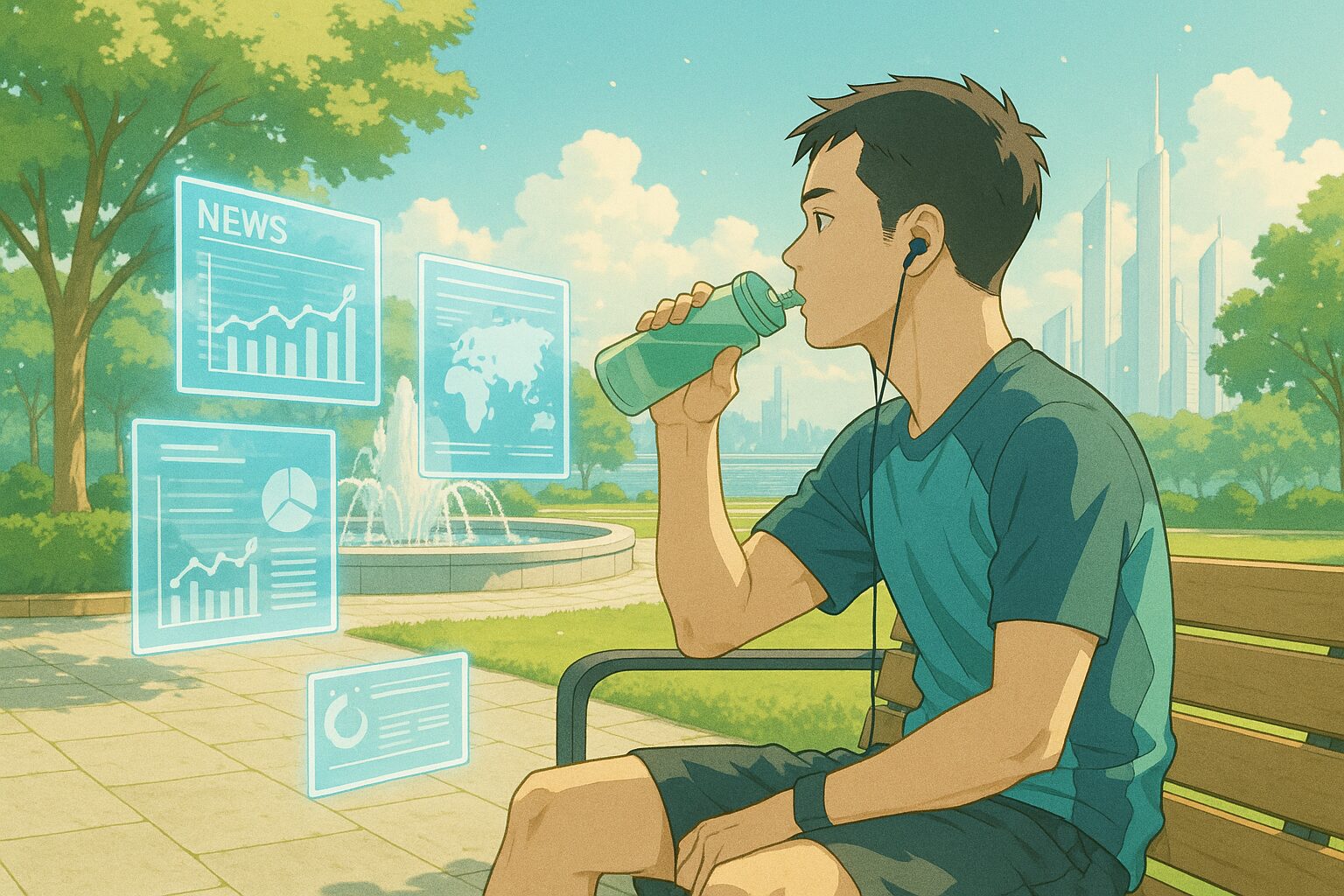It is predicted that the autonomous driving market will exceed $660 billion by 2033. If the evolution of this technology continues, what will our future look like? Let’s think together about how the widespread adoption of autonomous driving will change our modes of transportation and lifestyles.
1. Today’s News: What is Happening?
Source:
Autonomous Driving Market Size To Reach US$ 668.64 Billion By 2033 | Astute Analytica
Summary:
- The autonomous driving market is expected to exceed $660 billion by 2033.
- Deployment in urban areas is advancing, and regulations are being established along with technological maturation.
- Consumer acceptance is increasing, and strategic partnerships between industries are being formed.
2. Three “Structures” Behind the Background
① The “Structure” of Problems Currently Occurring
As regulations for autonomous driving are gradually established, the gap between technological development and legal frameworks remains a challenge. This can limit the speed and scope of implementation. This is an unavoidable phenomenon as new technologies permeate society.
② How It “Connects” to Our Lives
Autonomous vehicles have the potential to change our commuting and travel styles. By freeing us from the stress of long-distance driving, we will be able to make better use of our time while traveling. This change could directly impact how we utilize our time and our quality of life.
③ Us as “Choice Makers”
Every time a new technology emerges, we are faced with the choice of whether to accept it. By choosing autonomous vehicles, we have more opportunities to rethink our environmental impact and time management. We first need to understand the conveniences and risks brought by this technology before making our choices.
3. IF: What Will the Future Look Like if We Continue on This Path?
Hypothesis 1 (Neutral): A Future Where Autonomous Driving Is the Norm
Initially, the landscape of commuting and long-distance travel will change. Next, people will be able to use their time freely while traveling, with an increase in those dedicating it to work or hobbies. As a result, the value of meaningful travel time might become a common perspective.
Hypothesis 2 (Optimistic): A Future Where Modes of Transportation Develop Significantly
First, traffic congestion will ease, and safety will improve. Next, urban planning will be reconsidered, leading to a society where people can move more freely. Eventually, the freedom of movement could prompt a new social evolution, leading to a decreased barrier between cities.
Hypothesis 3 (Pessimistic): A Future Where Driving Skills Are Lost
Initially, people may no longer need driving skills. Next, the value of driver’s licenses may decline, and fewer people may enjoy driving. Finally, concerns about dependency on technology may spread, diminishing the value of self-determination.
4. What Options Do We Have Now?
Action Items
- Actively gather information on the safety and convenience of autonomous driving technology.
- Reevaluate transportation options considering environmental impacts.
- Participate in local traffic policy discussions and express your opinions.
Thinking Tips
- As beneficiaries of technology, consider the balance between convenience and risk.
- Explore ways to use technology that align with your lifestyle.
- Adopt a perspective that reassesses the overall way of movement in society.
5. What Would You Do?
- Would you actively incorporate autonomous vehicles?
- Would you look for ways to maintain traditional driving skills?
- Would you think about the social implications of new transportation methods?
6. Conclusion: Preparing for the Future in 10 Years to Make Choices Today
What kind of future have you envisioned? How we perceive the changes brought by autonomous driving could significantly alter our lives. Through discussions and comments on social media, please share your thoughts.









